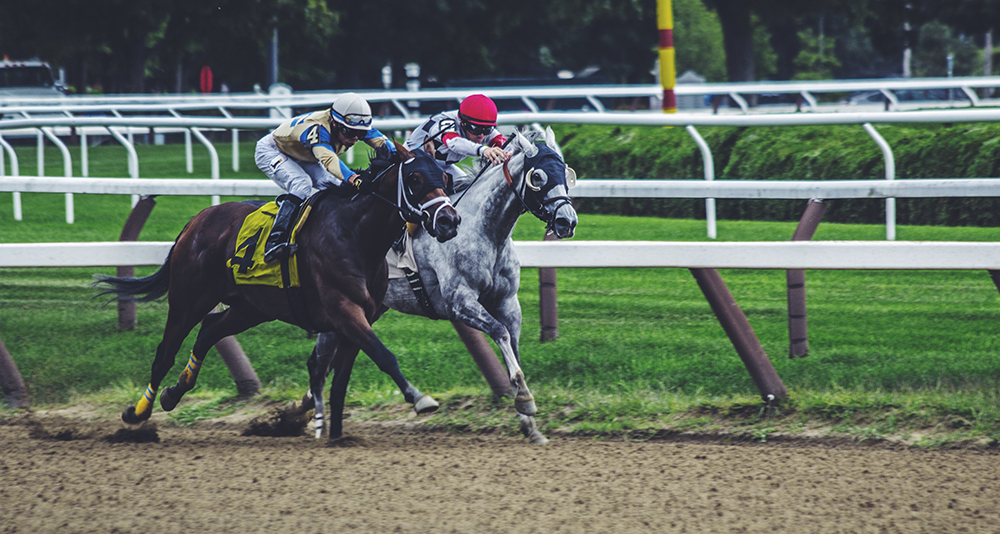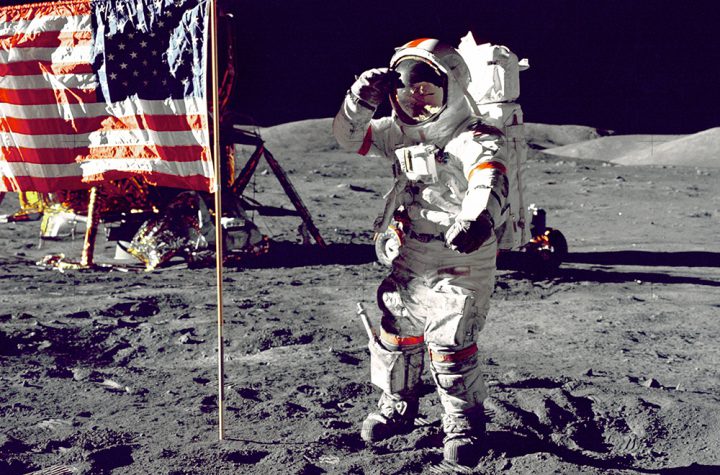
Chinas bond market has also been the recipient of high profile inflows from risk parity strategies, seeking to diversify from US Treasuries.
Australias superannuation funds are part of the mix as well. Though it received scant attention, at end of 2019, Australia invested more in China ($85 billion) than China invested in Australia ($78 billion).
When the ABS updates the data in May next year, expect to see a surge in Australias investment in Chinas debt securities, from $9 billion.
For those following closely, the main question will be how the numbers add up.
The puzzle
When a country moves deep into current account surplus, as Australia has recently done, large capital outflows are required to make the math work.
In Australias case, the capital outflows came mainly from the banking sector, in the form of paying offshore liabilities, as part of a rotation to the RBAs Term Funding Facility.
For China, the story is more complex and more opaque. It is also more important, given the significance of the dollar to yuan exchange rate to trade tensions between the US and China.
Prior to 2015, and with China in structural current account surplus, the dominant offsetting flow in the balance of payments came from the accumulation of foreign exchange reserves.
This reflected intervention by Chinas central bank, the Peoples Bank of China, with reserves managed by the (appropriately named) State Administration of Foreign Exchange (SAFE).
This is what you would expect for a country with a managed exchange rate (as distinct from freely floating), and where capital controls inhibit the outflow of funds.
The PBOCs reported reserves increased significantly as consequence, topping out at $US4 trillion in 2014.
In 2015 the PBOC made wholesale changes to the yuan market, and presided over a managed devaluation. Chinas corporate sector responded by reducing offshore funding (a capital outflow), which contributed to a drawdown of the PBOCs reserves.
A subsequent tightening of capital account restrictions helped to mitigate the decline in Chinas current account surplus, allowing the PBOCs reserves to stabilise around $US3 trillion since 2016.
For the second quarter, here is the puzzle.
The sum of Chinas current account surplus and portfolio inflows will be somewhere in the order of $US150 billion.
Yet the PBOC has reported scant foreign exchange intervention, and SAFE has also reported that FX settlements were largely in balance (both sets of data are available monthly).
This puts the onus for outflows on two private sector categories: Other Investment, and Net Errors and Omissions.
Broadly, the former captures flows such as loans, deposits and trade credit, whereas the latter is often viewed as a measure of leakage or capital flight.
Intervention by stealth
While these numbers will certainly add up in the final print, a surge in the Other Investment category will raise questions as to whether something else is going on.
An alternative interpretation is intervention by stealth. Here, FX intervention is taking place, but it is showing up on the balance sheet of Chinas state banks as net foreign currency assets, rather than in the PBOCs official reserves.
This serves a few purposes for China: the intervention limits the appreciation of the yuan, supporting exports; and the stability of official reserves ensures that China does not meet one of three criteria used by the US Treasury to label a country a currency manipulator.
For context, this determination was made against China in August last year, and then (controversially) rescinded in January as part of the Phase One trade deal.
We cannot be sure that this is happening.
While China signed onto the IMFs Special Data Dissemination Standard in October 2015, which aims to comprehensively capture data on foreign currency resources and drains, there are still reporting gaps, particularly in terms of the PBOCs use of derivatives, as well as earnings on foreign reserves.
But the PBOC does report each month on depository corporations and commercial banks. And these data show a significant rise in the net foreign currency assets of both sectors since May.
Lessons from Taiwan
There has also been an increase in the Other Liabilities of these banks, which is the logical place for the PBOCs funding of intervention by stealth to reside.
This could take various forms, including swaps, redesignation of required reserves and entrusted loans.
We have also seen this movie before.
In August last year, Brad Setser, the senior adviser to Exante Data, co-authored a series of blogs for the Council of Foreign Relations that highlighted shadow intervention by the Central Bank of China (CBC), in Taiwan.
Notably, Taiwan is not a member of the IMF (owing to its political status), hence not an SDDS signatory.
These blogs explained, in forensic detail, how the CBC was using swaps to fund large-scale FX intervention via Taiwans massive life insurance sector.
In the washout, the CBC started to publish data on its forward book earlier this year, which confirmed that FX reserves had been significantly understated.
For China, there is no smoking gun as yet. If anything, it is more like a sudoku puzzle with not quite enough clues.
But COVID-19 has certainly shaken up both sides of Chinas balance of payments. And through the tumult, it looks increasingly likely that China is intervening by stealth.





More Stories
US president-elect Joe Biden has listed four priorities for his forthcoming presidency. These include Covid-19, economic recovery, racial equity and climate change.
What are the restrictions within Victoria and the border closures with NSW and Queensland? How far can I travel, and how many people can I have over at my house? Untangle Australia’s Covid-19 laws and guidelines with our guide
Apple has suspended new business with supplier Pegatron after the Taiwan-based original equipment manufacturer misclassified student workers. Apple also said Pegatron broke its Code of Conduct for suppliers. In a statement provided to Bloomberg, Apple said, “…